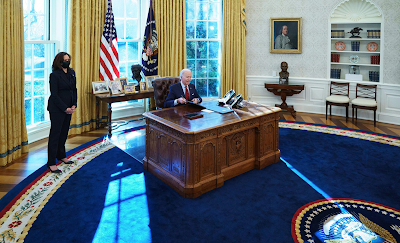Every now and then, someone will contact me about building something for them, and the challenge is too much to refuse. In this case, I was asked to build a rifle rack, made to hang on a wall and hold around 15 rifles. Like this,
but with an angled side, like this.
The usual transpired, but in this era of Covid, the design process became a back-and-forth email blitz, rather than a shop visit. How big, what wood, what finish… after a week or so of emails, we finally wrapped up the details and locked in the order.
But I spent a night or two pondering the only part of this piece that gave me trouble - the upper stretcher that is scooped, to hold all the rifle barrels. Simple enough during normal times - I might have asked my buddy to CNC something for this piece. But Covid changes everything, and I needed a different solution.
I’ve been doing a lot of laser work lately, cutting a variety of shapes and gizmos for customers, and one evening when I was trying to figure out how to cut all those scoops for the barrels, the light finally went off in my brain…. cut a template on the laser, and use it for pattern routing.
I’m not sure why that didn’t come to me sooner!
I use a pretty simple drafting program called MacDraft. I’ve been using it for so many years, I can design a piece in my sleep. So it was pretty easy to draw those “scoops” and space them evenly. After cutting the template, I did a few tests before routing the actual wood.
I clamped the template to a piece of scrap
and cut a sample.
The scoop that I cut was a little too wide,
so I switched the router template guide, which will change the size of the offset. You can buy a set that looks like this,
so I had a few different sizes to test.
I finally found the right combination, and it cut a perfect 1 1/4” scoop for the rifle barrel.
The template I cut with the Glowforge had five scoops in it, so I had to cut a section, them move it over and cut five more,
and finally - all 15 slots were cut. Perfect, and perfectly spaced.
I’m not sure why I was sweating cutting these - this turned out to be one of the easier parts of this wall rack to make!
I'll trim this piece down a bit - I made it much bigger than I needed, so that it could be cut down when I actually start making this rack. But for now, the hardest part of this build is done.
Whew!































